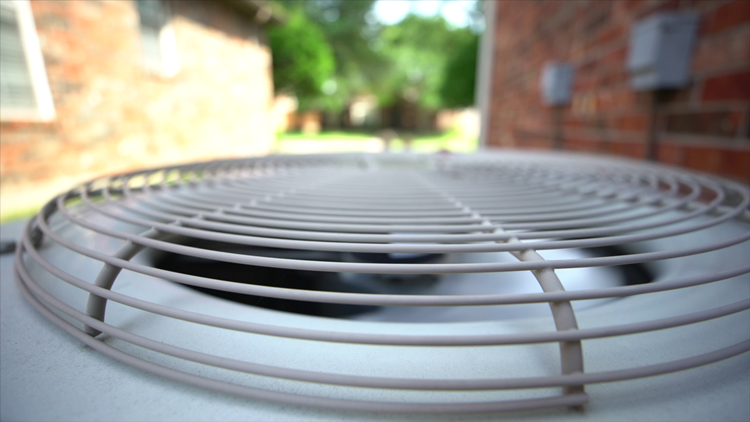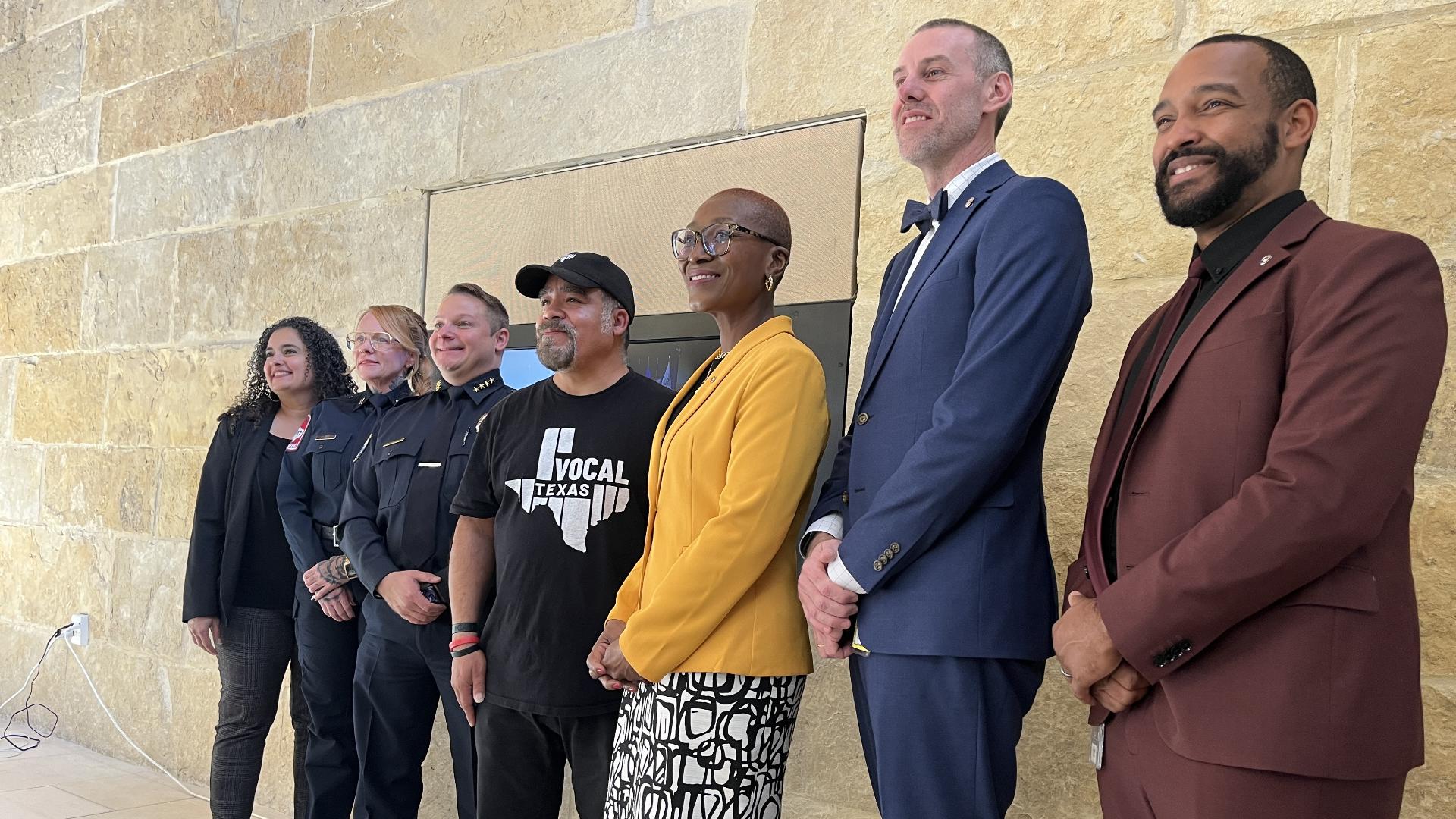DALLAS — It’s so hot in Texas already this summer, many of us are fearful of a 2011 repeat.
For the uninitiated transplants, that was our hottest summer ever. Many cities shattered records for the most 100-degree days in a row. Seventy in Dallas, for example. Ninety-eight days above 100 in San Antonio.
Making us even more skittish? Texans are still recovering from the opposite type of extreme weather event: the devastating winter storm of 2021 that led to a catastrophic failure of the power grid and hundreds of deaths.
“I think we will make it through the summer without rolling blackouts, but I can't promise that,” Sen. Nathan Johnson said on Y’all-itics. “I'm not concerned that we're going to have a complete failure and darkness for a week. The grid does have capacity to meet these demands, provided everything goes well.”
Johnson, a Democrat from Dallas, is a leading voice on the power grid in the Texas legislature.
He says he can’t promise we’ll make it through the summer because Texas relies on older technology and older equipment.
But he’s comfortable right now, because we have a healthy “margin.”
The Electric Reliability Council of Texas (ERCOT) runs Texas’ power grid. If you’ve ever used its app, you’re very familiar with the electricity supply line and the electricity demand line. The “margin” you hear folks talk about is the space between those lines. And you want a lot of space.
Johnson says ERCOT is running the grid conservatively to ensure that gap remains over the summer. That means power generators in Texas have brought several extra plants online to hold the “margin.”
The danger lies in the fact those plants are usually resting right now and undergoing maintenance.
“It is the problem with the conservative way we're running the grid this summer. It keeps people's air conditioners on. And it keeps people out of political trouble. But it is not sustainable,” Johnson said.
Energy analyst and consultant Alison Silverstein has been studying this issue for decades. And she is an expert in areas such as market design, transmission, reliability and resilience.
Silverstein says she’s not worried about her A/C for now, because it’s only June. But in two months, after those extra plants have been running so hard, for so long, she says it could be a different story.
She says think of it like a football team. If you play your starters for the entire game, they’ll be worn out and ineffective come the fourth quarter.
“They have already done it for, this is June, they’ve already done it for five months and they're fixing to do it for another four months. And I don't know if the generation fleet can last that long,” she said.
“It's like, you know, you take an old car and drive it too fast on the highway. It may not get you where you want to go in time.”
Silverstein thinks it will take 5 – 10 years to build enough infrastructure to dig ourselves out of this hole, so Texas can reliably provide generation and transmission that fixes our supply and demand problem. She says the ratio is out of whack due in large part to the extraordinary number of people moving to Texas and the grid just can’t keep up.
Johnson says don’t expect much in the way of legislation when lawmakers return to Austin in January, because lawmakers did much of that work during the last session, after the winter storm. He says lawmakers provided a framework and a vision for how they want the grid to operate in Texas and it is now up to ERCOT and the Public Utility Commission to make it happen.
“But we have sacrificed reliability in the pursuit of lower costs and lower, lower, lower. And in that wild zeal for lower costs we have put ourselves in a very vulnerable position right now, and it's going to be expensive to dig out of it. So, it wasn't that cheap after all,” said the Democrat.
For an idea of where the market is headed and how it might change in the not-to-distant future, listen to the latest episode of Y’all-itics. Cheers!



